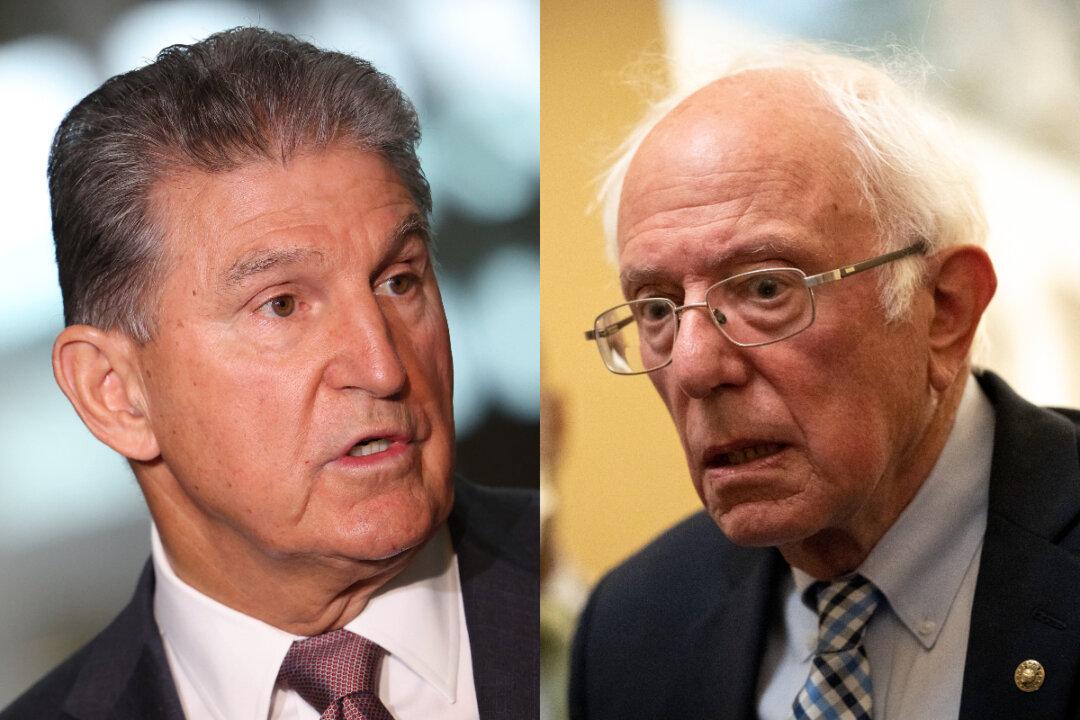News Analysis
Although our legacy media have dutifully described the Senate Majority Leader Chuck Schumer (D-N.Y.)–Sen. Joe Manchin (D-W.Va.) climate legislation as the “Inflation Reduction Act,” it’s no stretch to call that a misnomer.

Although our legacy media have dutifully described the Senate Majority Leader Chuck Schumer (D-N.Y.)–Sen. Joe Manchin (D-W.Va.) climate legislation as the “Inflation Reduction Act,” it’s no stretch to call that a misnomer.